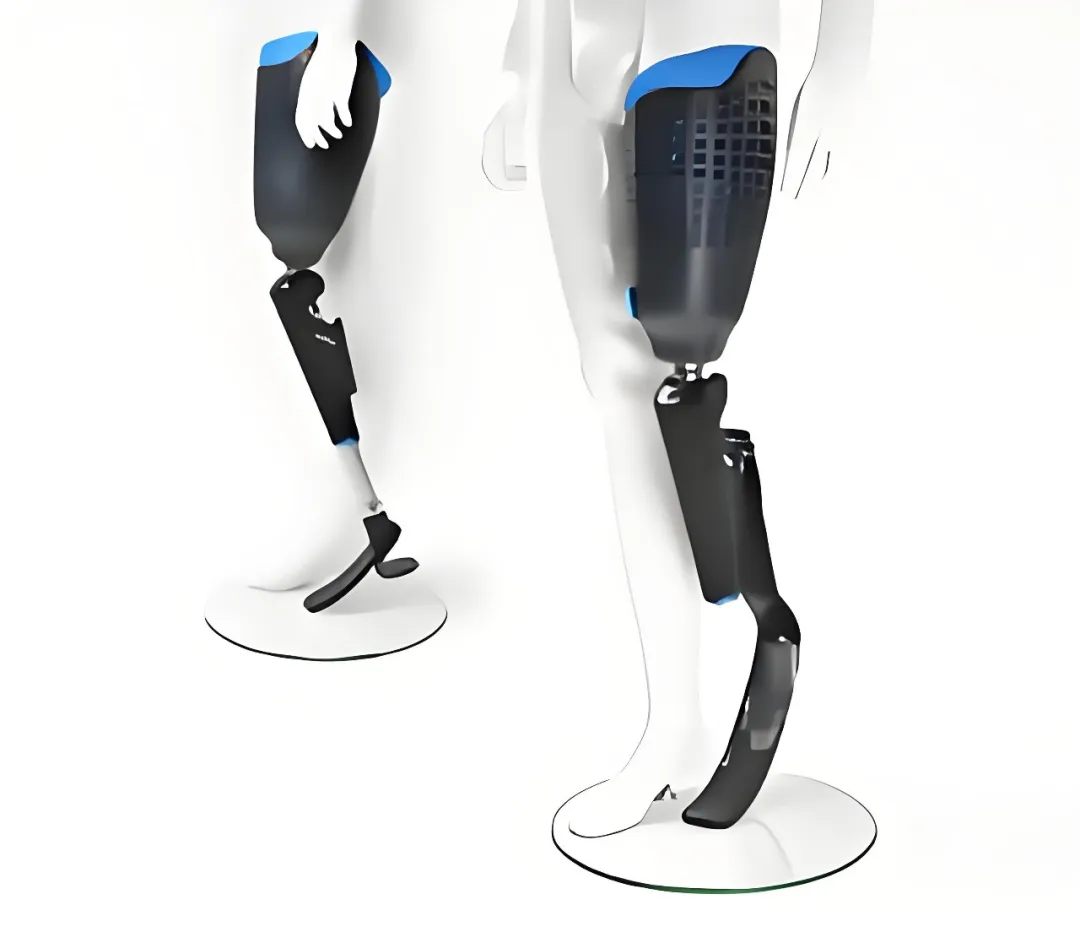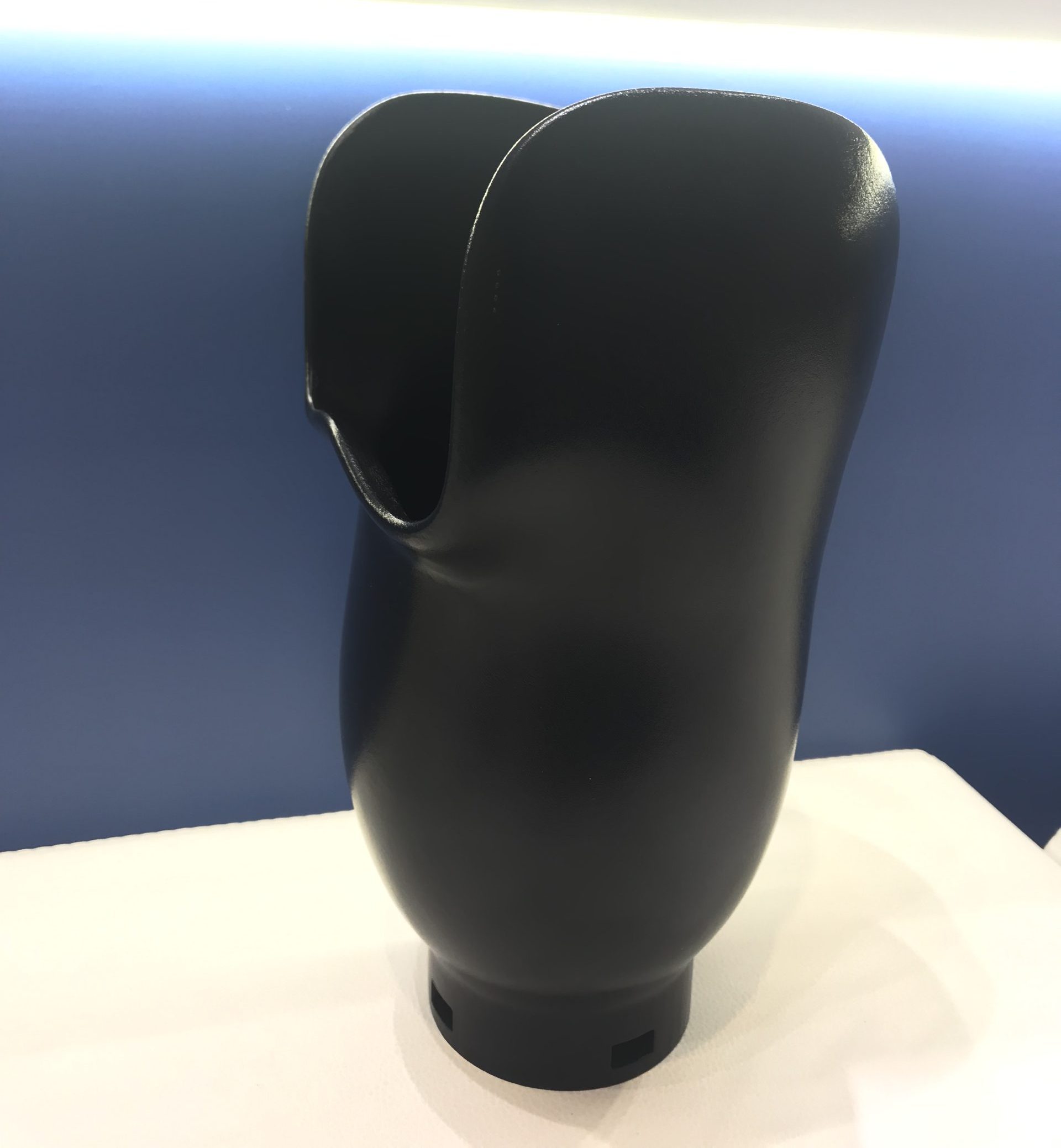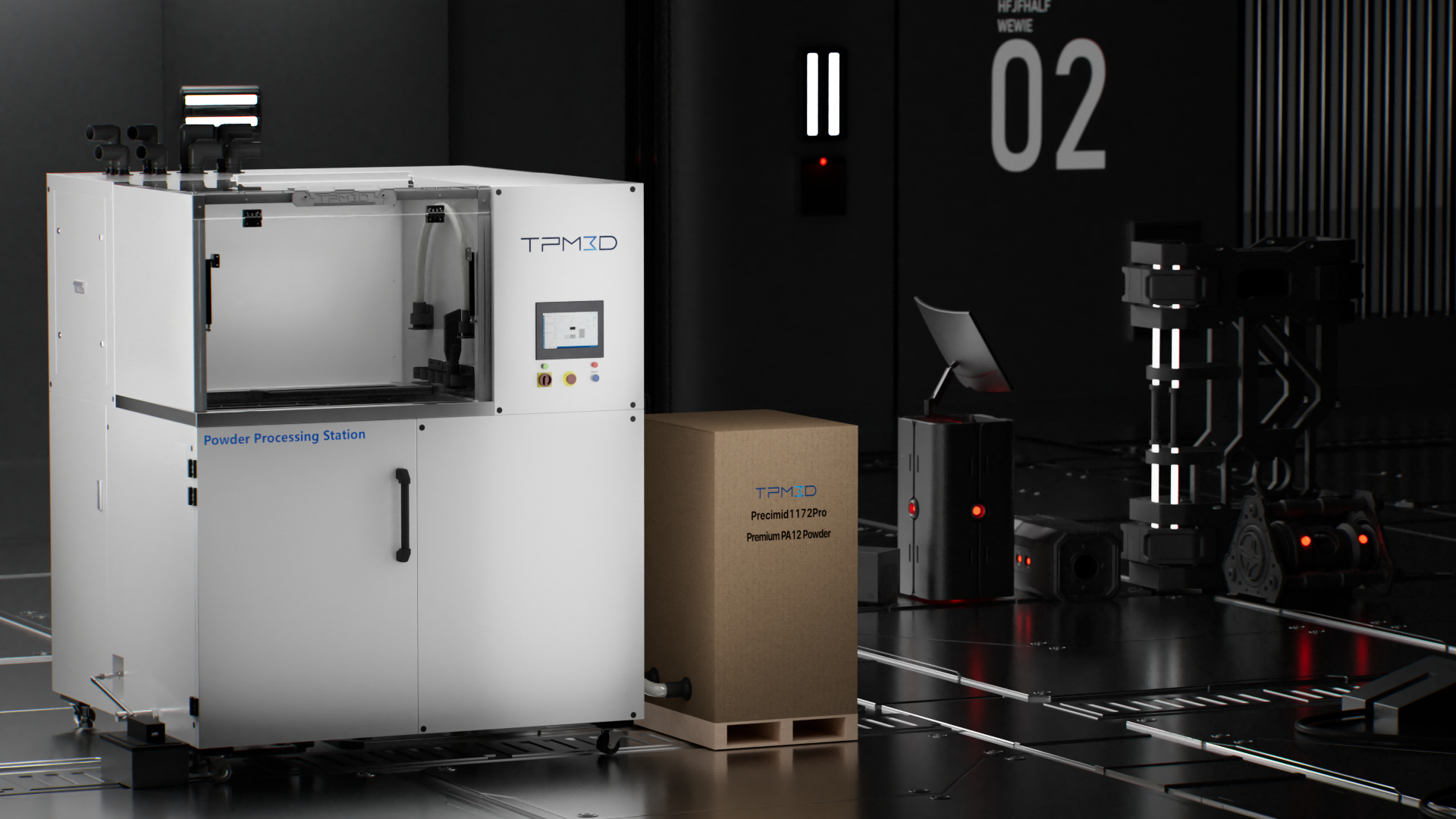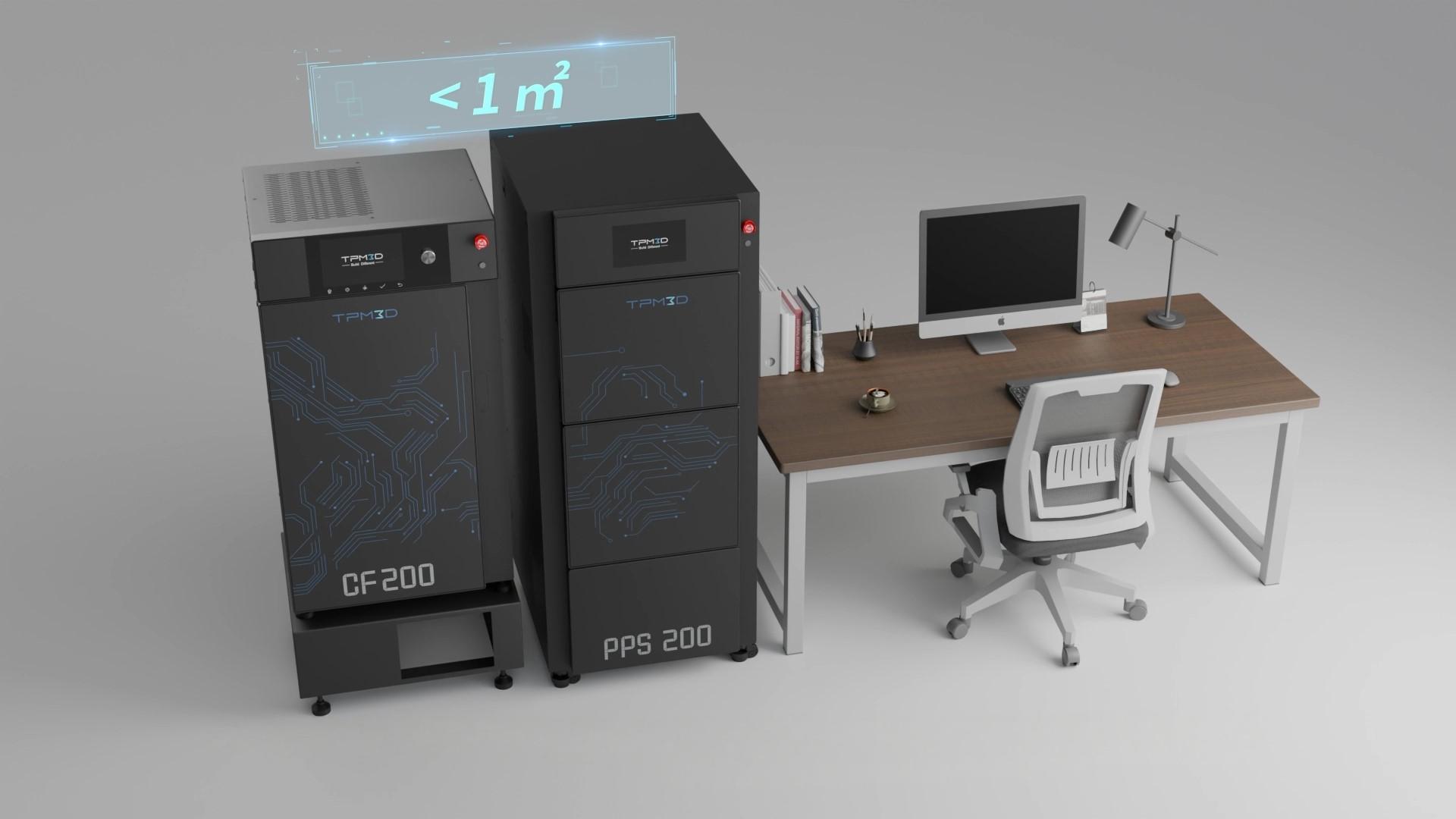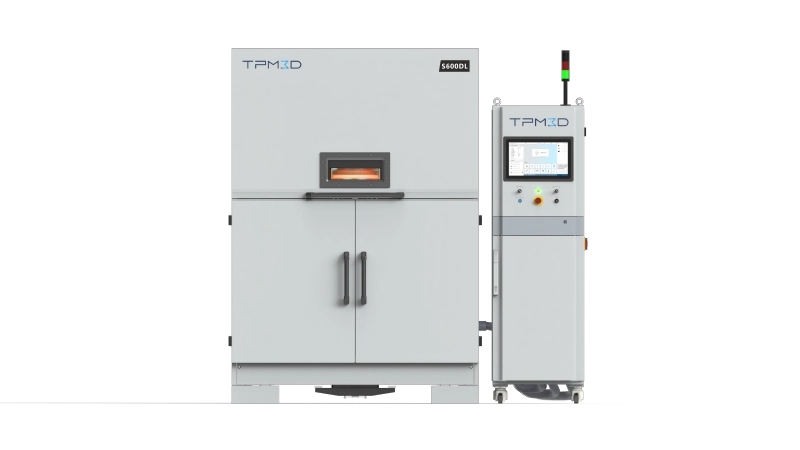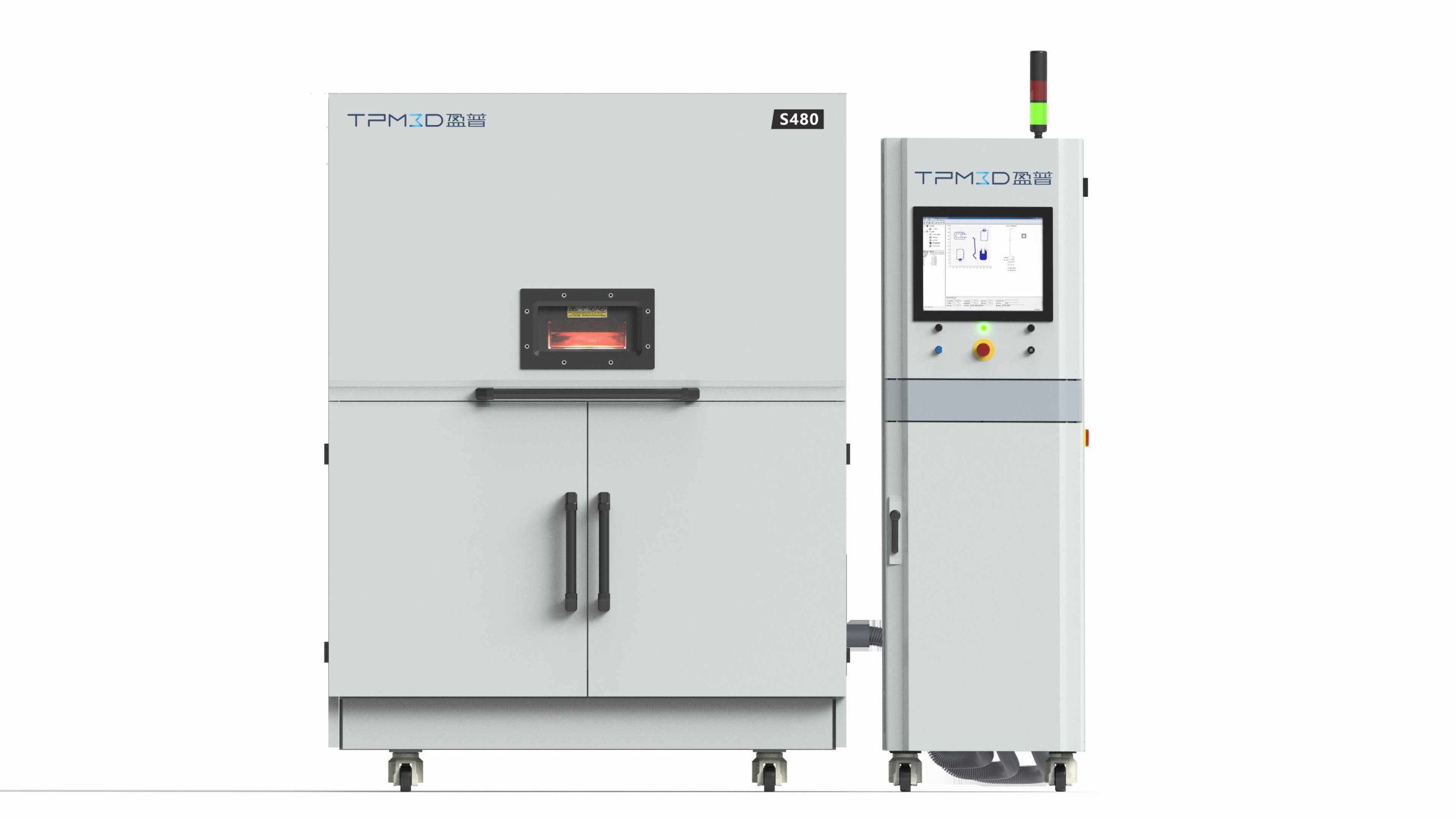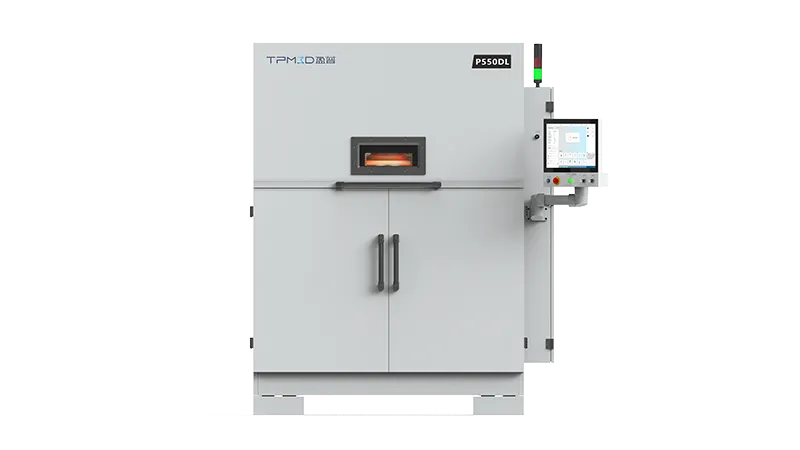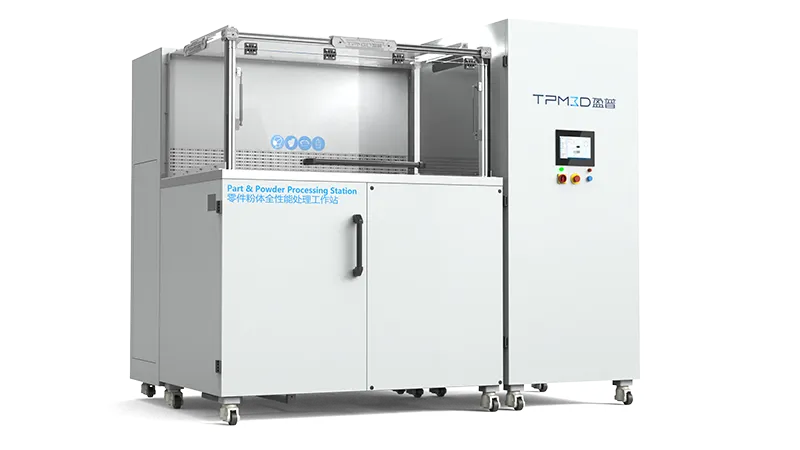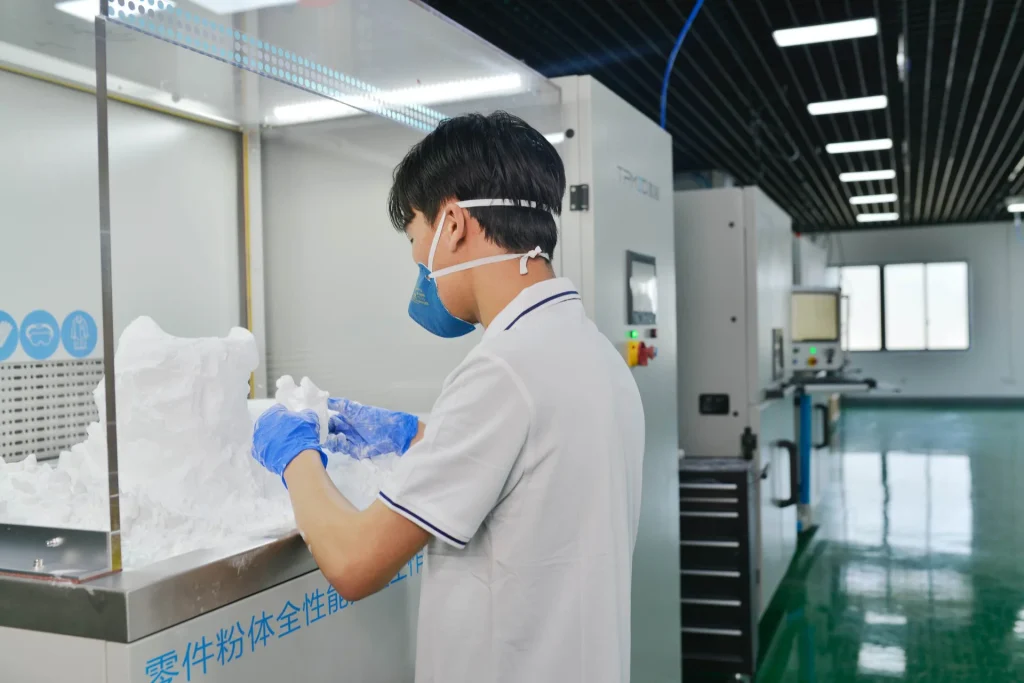According to the World Health Organization, nearly 1.5 billion people worldwide live with disabilities. Many of these individuals face limb impairments and depend on prosthetic devices to regain mobility, independence, and daily functionality.
Prosthetics are engineered artificial limbs designed to replace missing body parts, helping users achieve self-care and work capabilities.
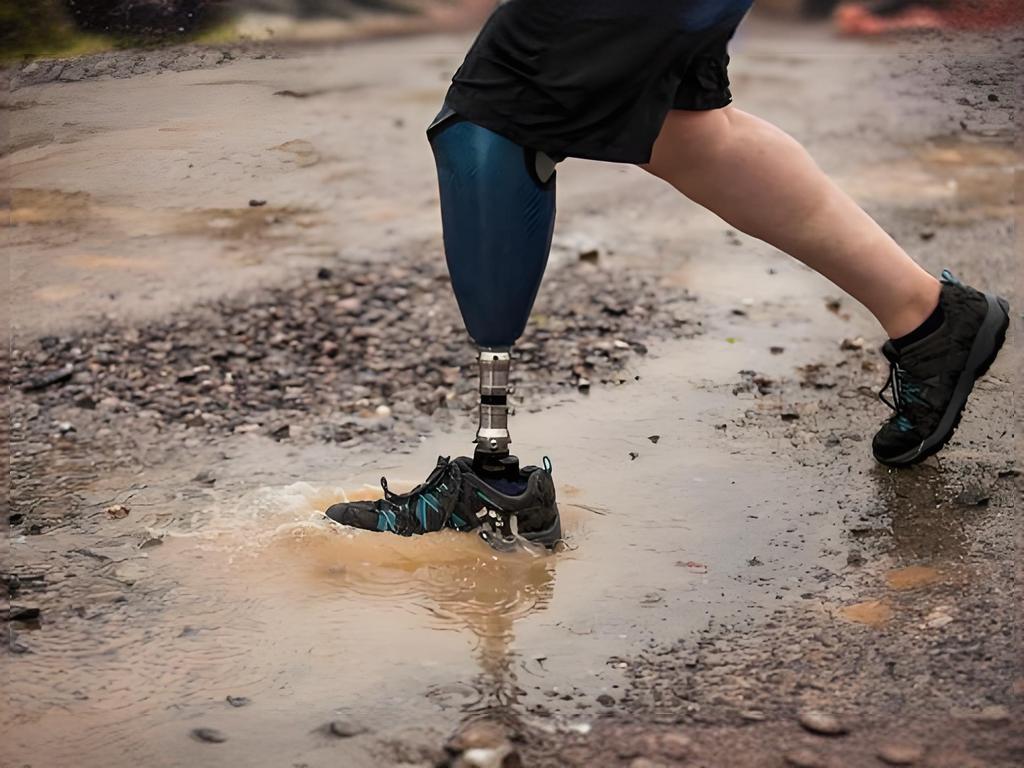
Limitations of Traditional Prosthetic Manufacturing
Conventional prosthetic sockets are often made from materials like leather, resin, and aluminum. These methods result in heavy, uncomfortable, and poorly fitted devices.
The traditional resin socket process involves plaster molds, manual shaping, and labor-intensive finishing steps. This time-consuming workflow often fails to match the residual limb accurately, causing discomfort and increasing the risk of secondary injuries.
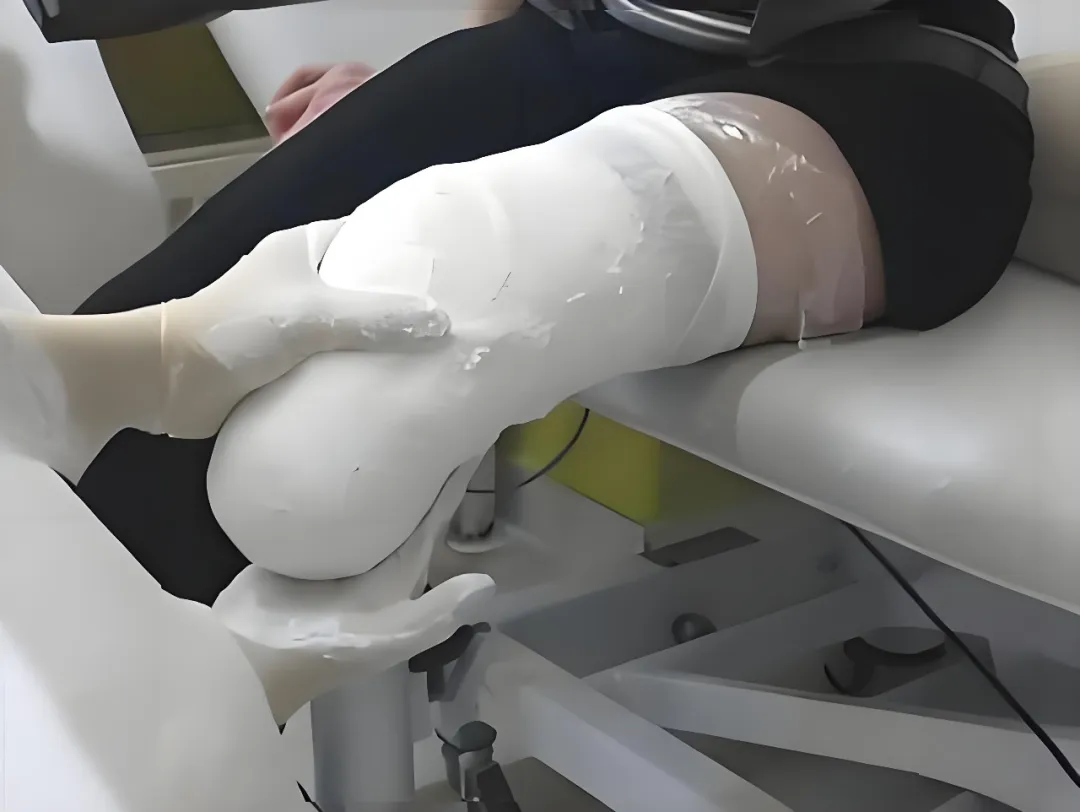
Traditional Plaster Casting Process
How 3D Printing Transforms Prosthetic Care
Modern 3D scanning and 3D printing technologies are revolutionizing prosthetic production. By digitizing the design and manufacturing process, these technologies reduce manual labor, shorten production time, and enable fully customized prosthetics. Lightweight, breathable hollow designs and personalized aesthetics are now possible, improving both comfort and usability for patients.
Fast and Accurate 3D Scanning
Residual limbs can be scanned in under one minute using contactless 3D scanning. This data is imported into specialized prosthetic design software to create a digital model ready for 3D printing.
SLS 3D Printing for High-Performance Prosthetics
Selective Laser Sintering (SLS) technology, combined with TPM3D’s Precimid 1180 BLK Nylon 11 polymer powder, produces prosthetic sockets that are durable, tough, and resistant to wear and fatigue. SLS printing eliminates the need for support structures, enabling complex hollow curved surfaces, precise fittings, and stacked printing for efficiency.
3D Printed Prosthetic Socket Acceptance &Carbon Fiber Energy Storage Foot
Enhanced Features of 3D Printed Prosthetic Sockets
-
Lightweight and breathable for all-day comfort
-
Waterproof, antibacterial, and washable
-
Smooth, polished surfaces for improved aesthetics and usability
-
Strong and precise fit, comparable to injection-molded sockets
Benefits for Patients and Practitioners
3D printed prosthetics simplify production, reduce device weight, improve fit accuracy, and enhance the overall wearing experience. Prosthetists benefit from less manual labor, and patients enjoy faster turnaround times, personalized designs, and optimized mobility.
By aligning with the principles of precision medicine, 3D printed prosthetics offer a revolutionary approach to rehabilitation, providing faster, smarter, and highly personalized care for people with disabilities.

